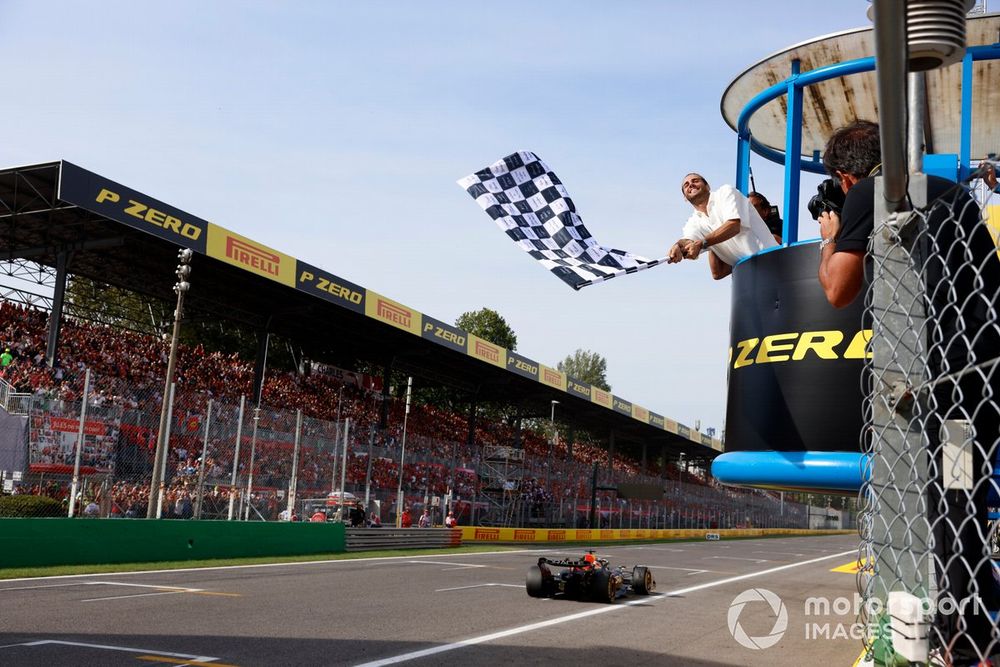Relaying information to the drivers on track is an important part of any session in Formula 1, and while driving at high speeds, the visual aid of a flag can be vitally important in quickly warning a driver to any issues or updates to the track conditions.
Marshal posts are dotted around the circuits in various locations where flags cans be used to give a driver an order or warning of a potential hazard or issue up ahead. Although flags are still common, coloured light panels are being used more and more.
Most people will be used to seeing the chequered and red flags during Formula 1 races but there are eight other flags that can be used during a session.
Why are flags used in F1?
Flags are used by marshals to communicate specific messages to the drivers. Each flag has a different meaning and will relay information to the drivers about things such as an upcoming risk or that the race has finished.
While flags are used in most motorsports to relay important information to drivers, there is no universal system, meaning that some series may use flags in a different way to others. However, most will use a standardised system making them easy to understand, for example the chequered flag is used across all series to signify the end of a session.
The FIA sanctions flags which cover championships such as Formula 1, WEC and WTCC, but are also adopted by other governing bodies such as Motorsport UK.
Flags used in Formula 1
Chequered flag
Photo by: Steven Tee / Motorsport Images
Chequered Flag
The chequered flag is one of the most noticeable flags in many motorsport series. It is waved along the start/finish straight and marks the end of any session or race.
The chequered flag is waved until all the competing cars have crossed the finish line, this signals to the drivers that the session is over, and they must slow to a safe speed and return to the pitlane.
Red Flag
A red flag signals that a session has been suspended due to a serious accident or unsafe conditions due to situations like poor weather or a track malfunction. This tells drivers that they must significantly slow down and make their way back to the pitlane.
A red flag also serves as a warning to drivers that there could be an upcoming hazard on track, including service vehicles or other cars.
Drivers are prohibited from overtaking, due to safety reasons. If a race is restarted, drivers will line up at the end of the pitlane in the order prescribed by race control,…
Click Here to Read the Full Original Article at Autosport.com – Formula 1 – Stories…

